Unveiling the Potential of Semiconductor Rubber Sockets
Introduction:
Semiconductor rubber sockets play a pivotal role in the electronics industry, serving as connectors between integrated circuits (ICs) and printed circuit boards (PCBs). These sockets are designed to provide a reliable interface for semiconductor devices, ensuring efficient electrical connectivity while offering several advantages and addressing specific challenges. In this article, we delve into the intricacies of semiconductor rubber sockets, exploring their advantages, disadvantages, and applications in diverse electronic systems.
Advantages of Semiconductor Rubber Sockets:
Shock Absorption and Vibration Resistance: Semiconductor rubber sockets are engineered with materials that exhibit excellent shock absorption and vibration resistance properties. This feature is crucial in applications where electronic components may be exposed to mechanical stress, ensuring the longevity and reliability of the connections.
Temperature Stability: Many semiconductor rubber sockets are designed to withstand a wide range of temperatures, making them suitable for applications in environments with varying thermal conditions. This attribute is particularly valuable in industrial settings and automotive applications where temperature fluctuations are common.
Easy Replacement and Maintenance: Unlike direct soldering, semiconductor rubber sockets allow for easy replacement of components without the need for specialized soldering equipment. This facilitates quicker and more cost-effective maintenance processes, reducing downtime in electronic systems.
Customization Options: Manufacturers offer a variety of semiconductor rubber socket designs to accommodate different IC packages and form factors. This customization allows engineers to select sockets tailored to their specific application requirements, enhancing versatility in design.
Reduced Stress on Semiconductor Devices: The flexibility of rubber materials helps distribute the contact force evenly across the semiconductor device, minimizing stress on delicate components. This is especially important for devices with sensitive leads or those prone to damage under excessive pressure.
Disadvantages of Semiconductor Rubber Sockets:
Limited Electrical Performance: While semiconductor rubber sockets offer reliable mechanical connections, they may introduce some electrical performance limitations compared to direct soldering. This can be a concern in high-frequency applications or those demanding precise signal integrity.
Contact Resistance Variability: Over time, semiconductor rubber sockets may experience variations in contact resistance due to factors like environmental conditions, wear, or oxidation. This can affect the overall performance and reliability of the electronic system.
Cost Considerations: High-quality semiconductor rubber sockets with advanced features may come at a higher cost compared to traditional soldering methods. Designers must weigh the benefits against the budget constraints of their projects.
Applications of Semiconductor Rubber Sockets:
Automotive Electronics: Semiconductor rubber sockets find extensive use in automotive electronics, connecting various ICs in engine control units, infotainment systems, and safety modules. The sockets' shock absorption properties make them suitable for the demanding conditions within vehicles.
Industrial Control Systems: In industrial control systems, semiconductor rubber sockets facilitate easy replacement and maintenance of components in programmable logic controllers (PLCs) and other automation equipment. Their resistance to environmental factors is crucial in challenging industrial environments.
Consumer Electronics: From mobile devices to home appliances, semiconductor rubber sockets are employed in various consumer electronics applications. Their customization options allow for compatibility with different IC packages, contributing to the design flexibility of electronic devices.
Medical Devices: In medical equipment, where reliability is paramount, semiconductor rubber sockets are utilized to connect critical components. Their shock absorption and vibration resistance properties ensure consistent performance in healthcare settings.
Market Trends in Semiconductor Rubber Sockets:
As the electronics industry continues to evolve, the market for semiconductor rubber sockets is witnessing notable trends that shape the landscape of electronic component connectivity. One significant trend is the increasing demand for miniaturization and higher packing densities in electronic devices. This trend aligns with the semiconductor rubber sockets' versatility, as they offer customizable solutions to accommodate various IC packages and form factors, contributing to the development of compact and efficient electronic systems. Moreover, the growing focus on sustainability and environmentally friendly manufacturing practices is influencing the materials used in semiconductor rubber sockets, with a shift towards eco-friendly and recyclable options. As the market embraces advancements in materials science and manufacturing technologies, semiconductor rubber sockets are likely to witness innovations that enhance their overall performance, meeting the ever-changing demands of modern electronics. This trend underscores the importance of adaptability and innovation in the semiconductor rubber socket industry to address emerging challenges and capitalize on new opportunities in the dynamic electronics market.
Conclusion:
In conclusion, semiconductor rubber sockets stand at the forefront of electronic connectivity solutions, offering a delicate balance between mechanical reliability, ease of maintenance, and adaptability to evolving industry needs. As electronic components undergo continuous updates and iterations, the demand for high-performance semiconductor test sockets is poised to increase. The industry's response to the ever-growing need for efficient and reliable electronic connections is vital, and semiconductor rubber sockets play a pivotal role in meeting these demands. With their shock absorption properties, temperature stability, and customization options, these sockets are well-positioned to support the development of advanced electronic systems. Furthermore, the market trends suggest a trajectory toward miniaturization, higher packing densities, and sustainable manufacturing practices, indicating a dynamic landscape where semiconductor rubber sockets will play a crucial role in shaping the future of electronics. As technology continues to advance, the semiconductor rubber socket industry is expected to embrace innovation, ensuring its continued relevance in the face of emerging challenges and opportunities in the rapidly evolving electronic components market.
Subscribe to Us !
-
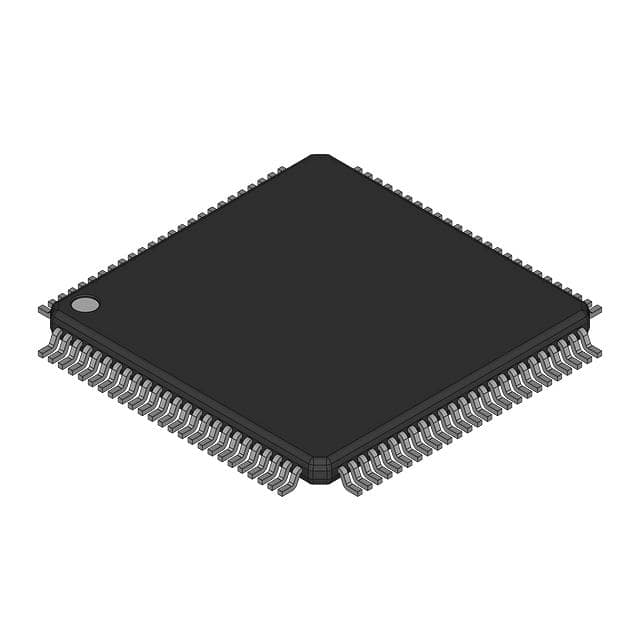 LV71081E-MPB-E
LV71081E-MPB-Eonsemi
-
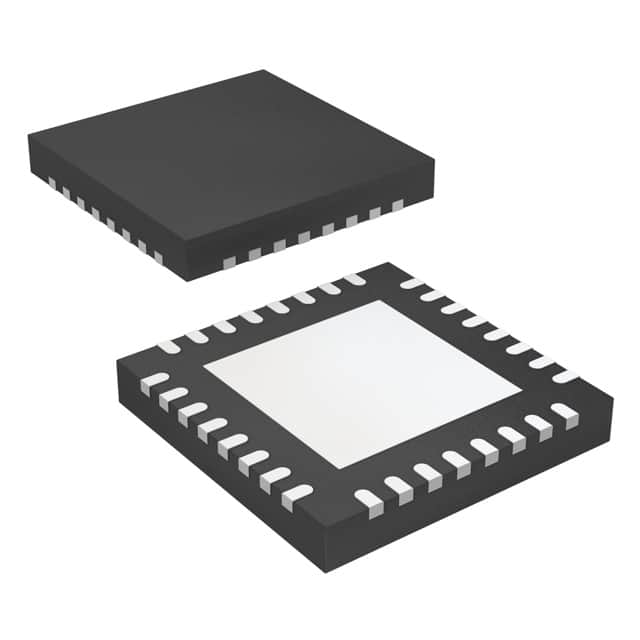 LMK00334RTVRQ1
LMK00334RTVRQ1Texas Instruments
-
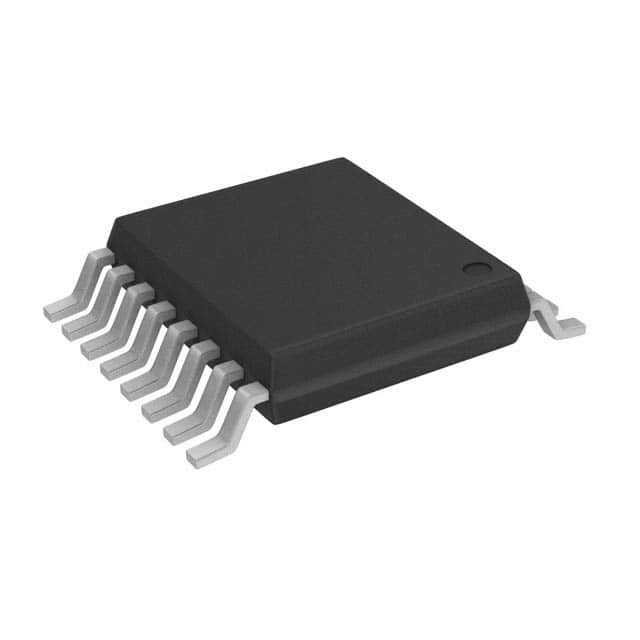 PI6C557-03LEX
PI6C557-03LEXDiodes Incorporated
-
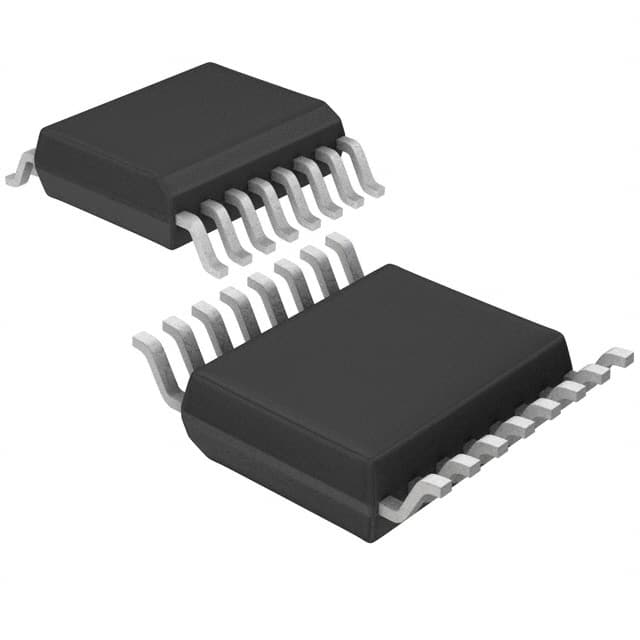 PCM1753DBQR
PCM1753DBQRTexas Instruments
-
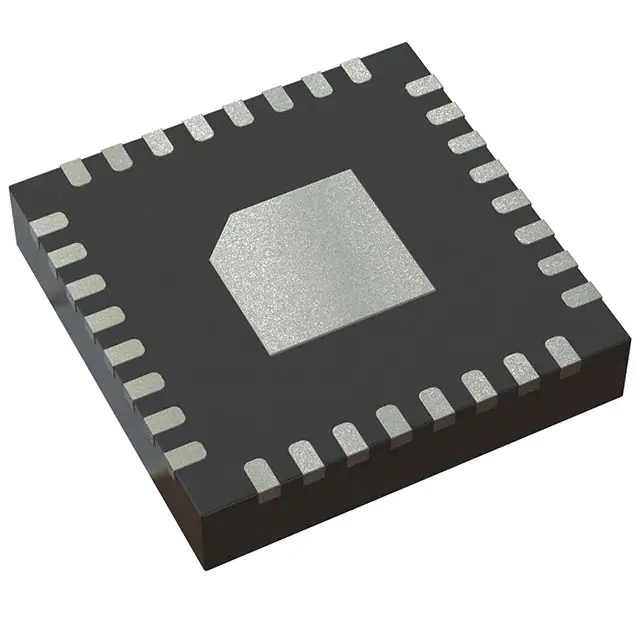 ADS1204IRHBT
ADS1204IRHBTTexas Instruments
-
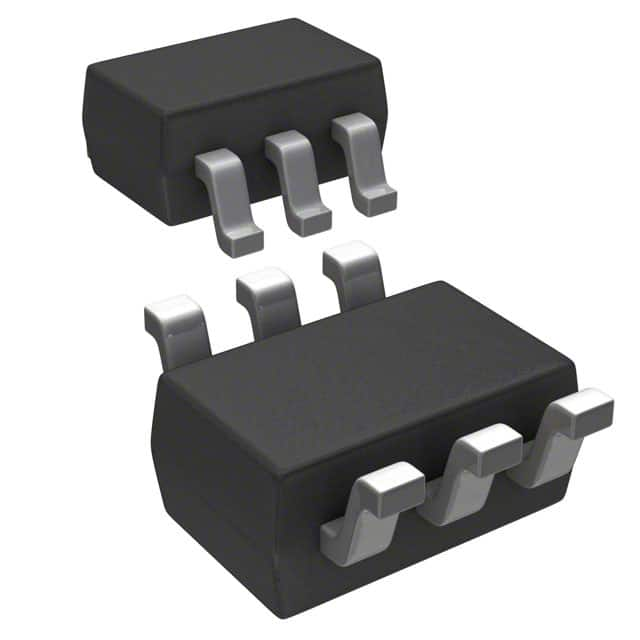 MCP4018T-104E/LT
MCP4018T-104E/LTMicrochip Technology
-
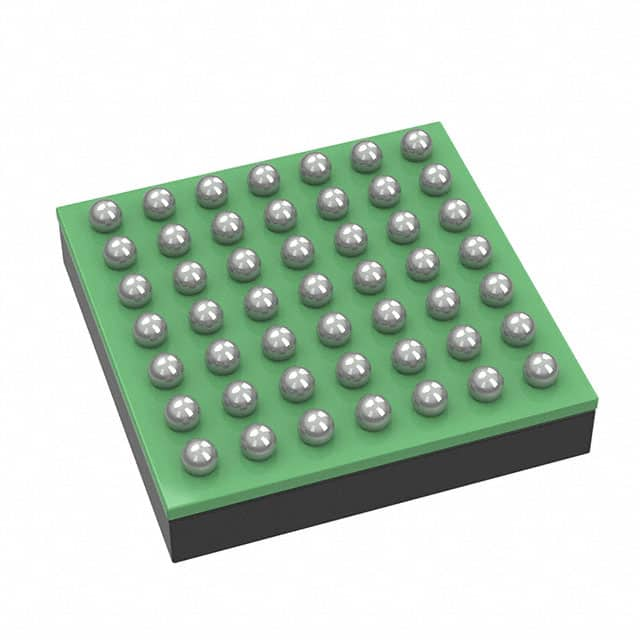 T4F49C2
T4F49C2Efinix, Inc.
-
.jpg) A40MX02-PLG44
A40MX02-PLG44Microchip Technology
-
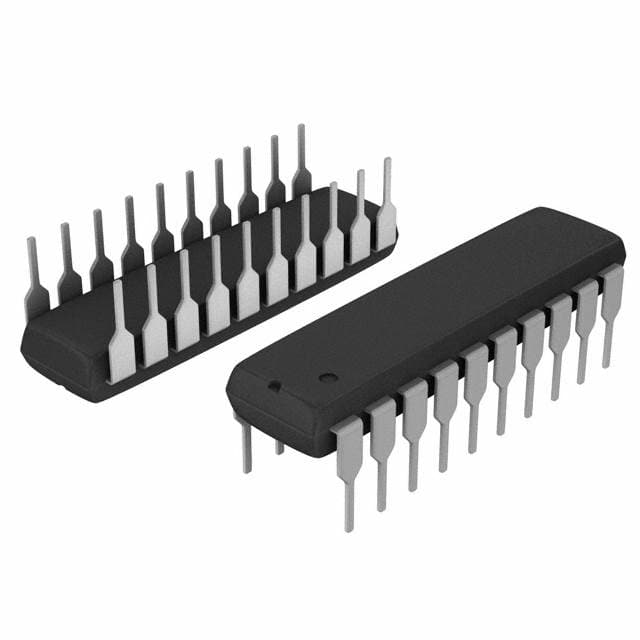 ATF16V8C-7PU
ATF16V8C-7PUMicrochip Technology
-
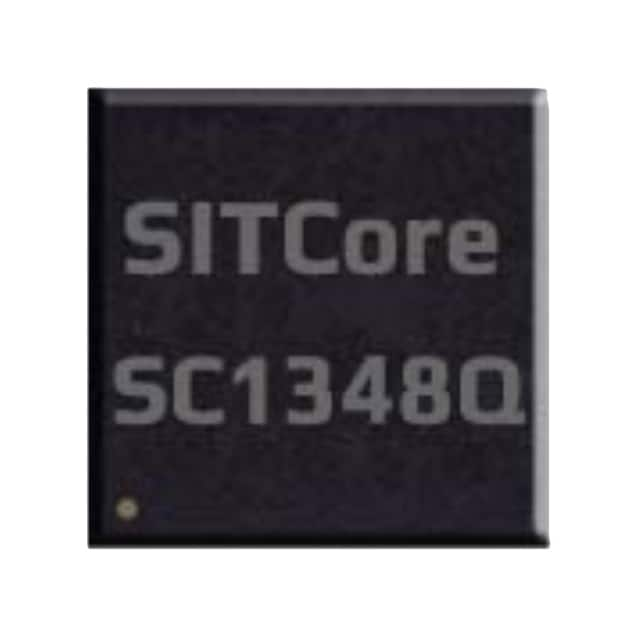 SC-13048Q-A
SC-13048Q-AGHI Electronics, LLC

